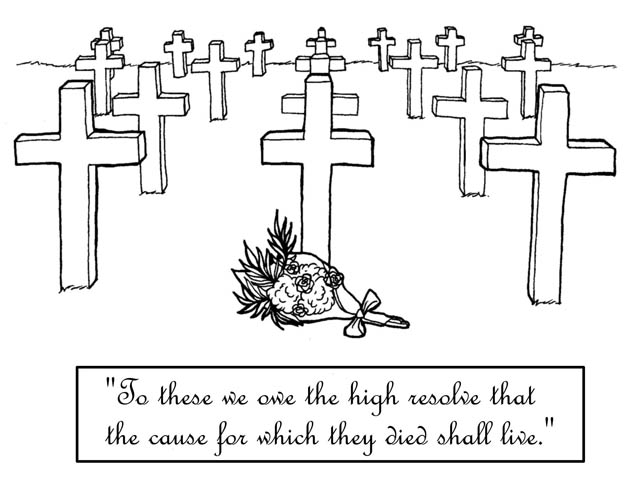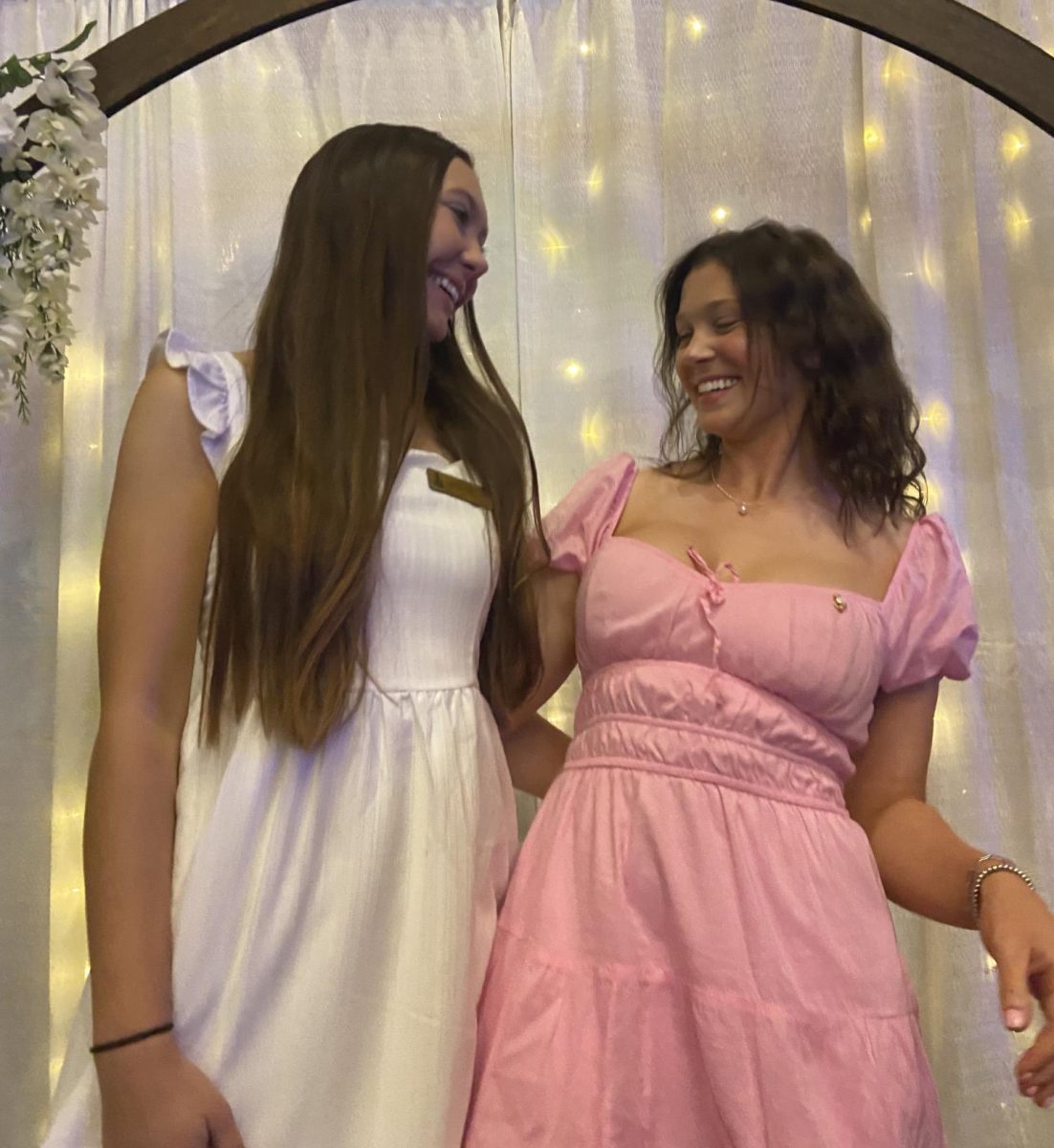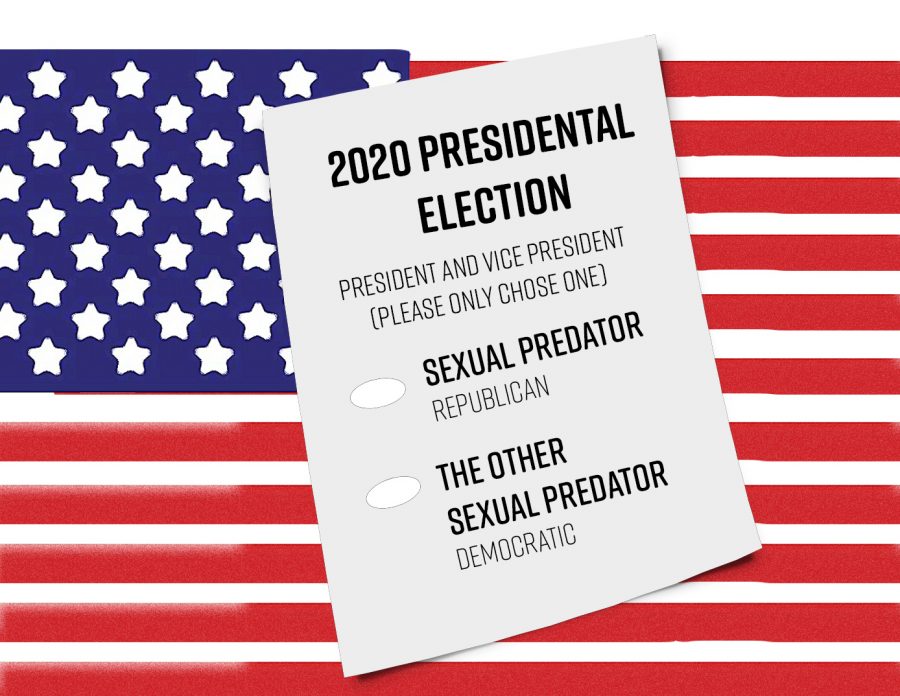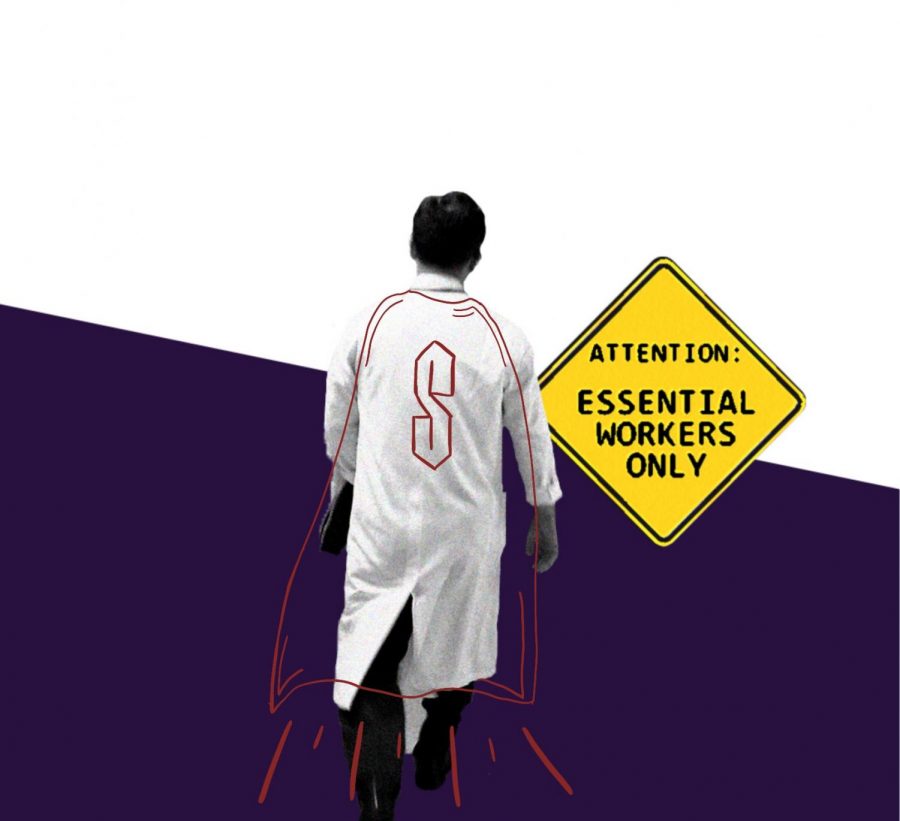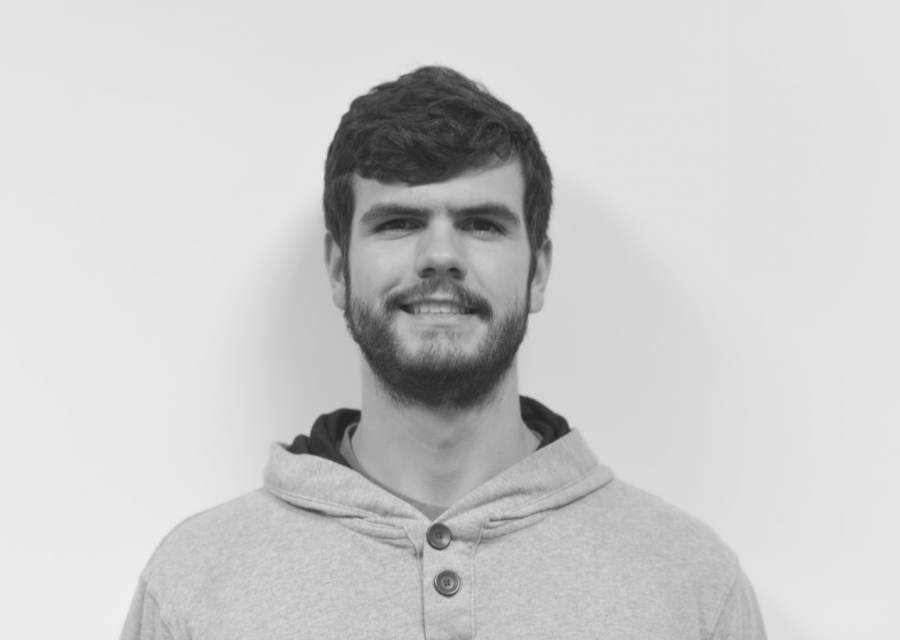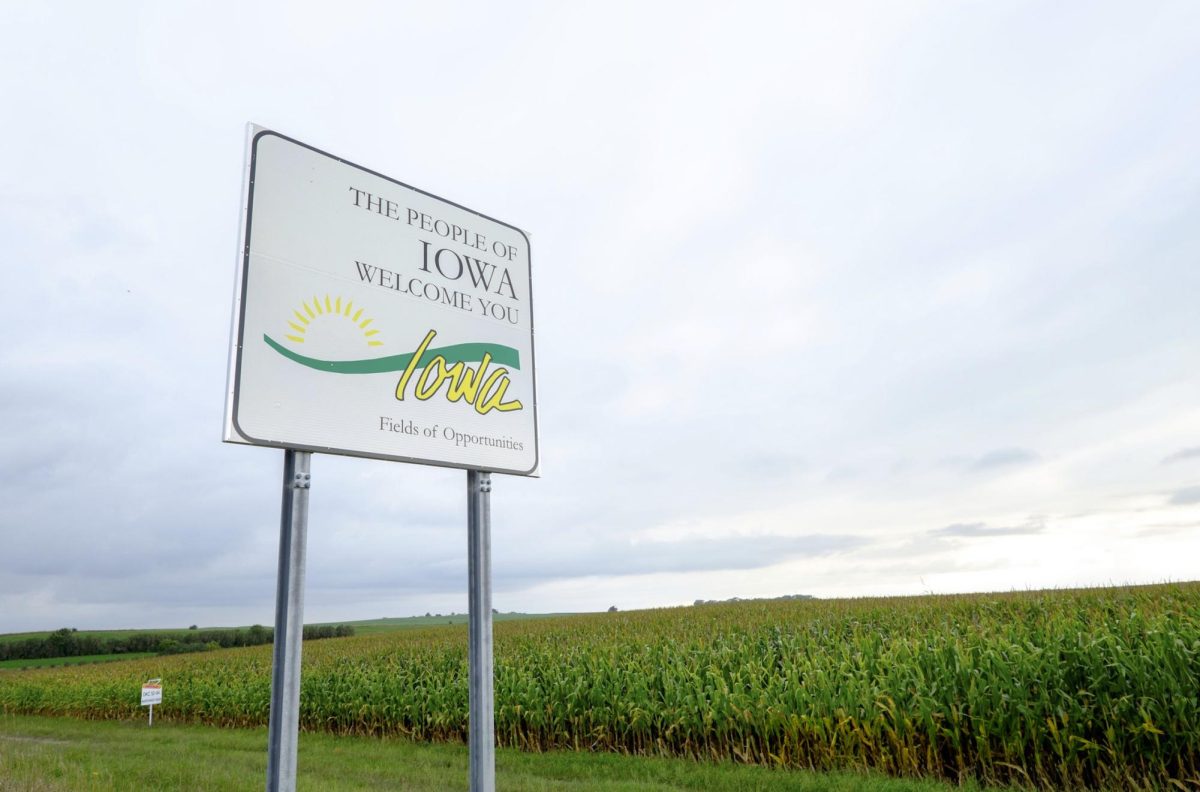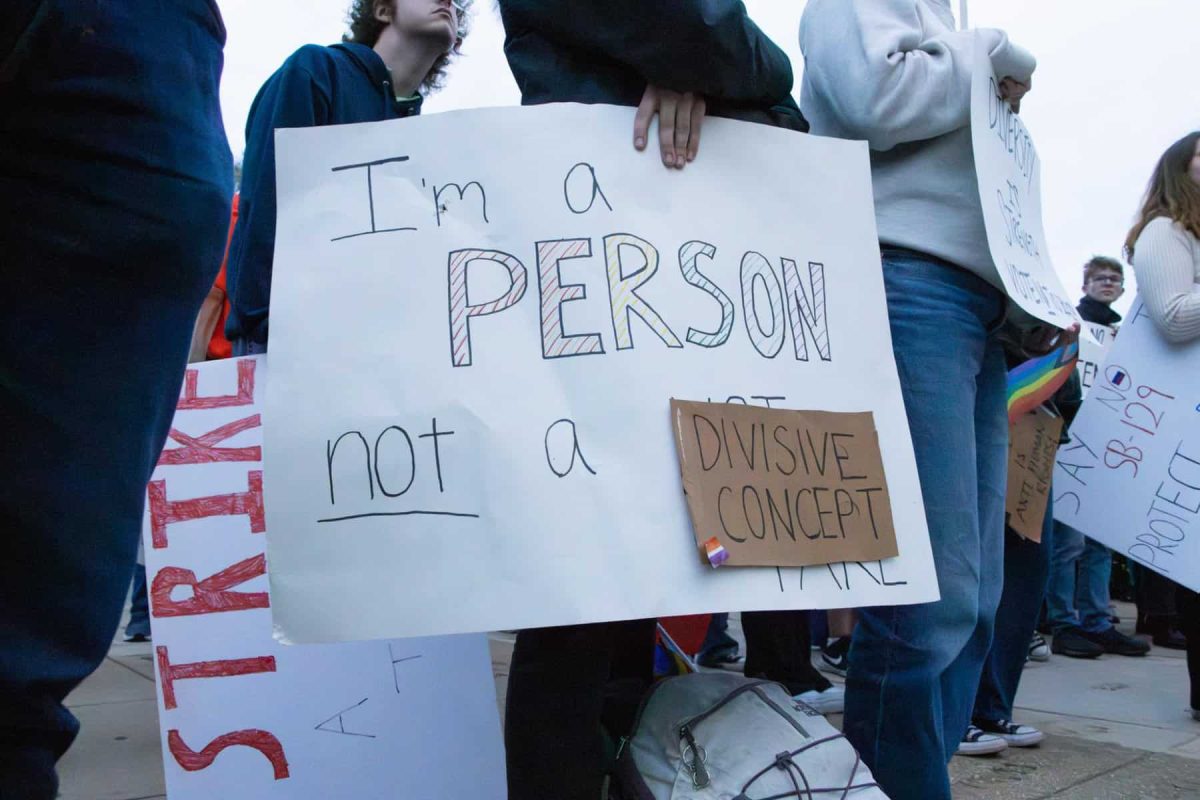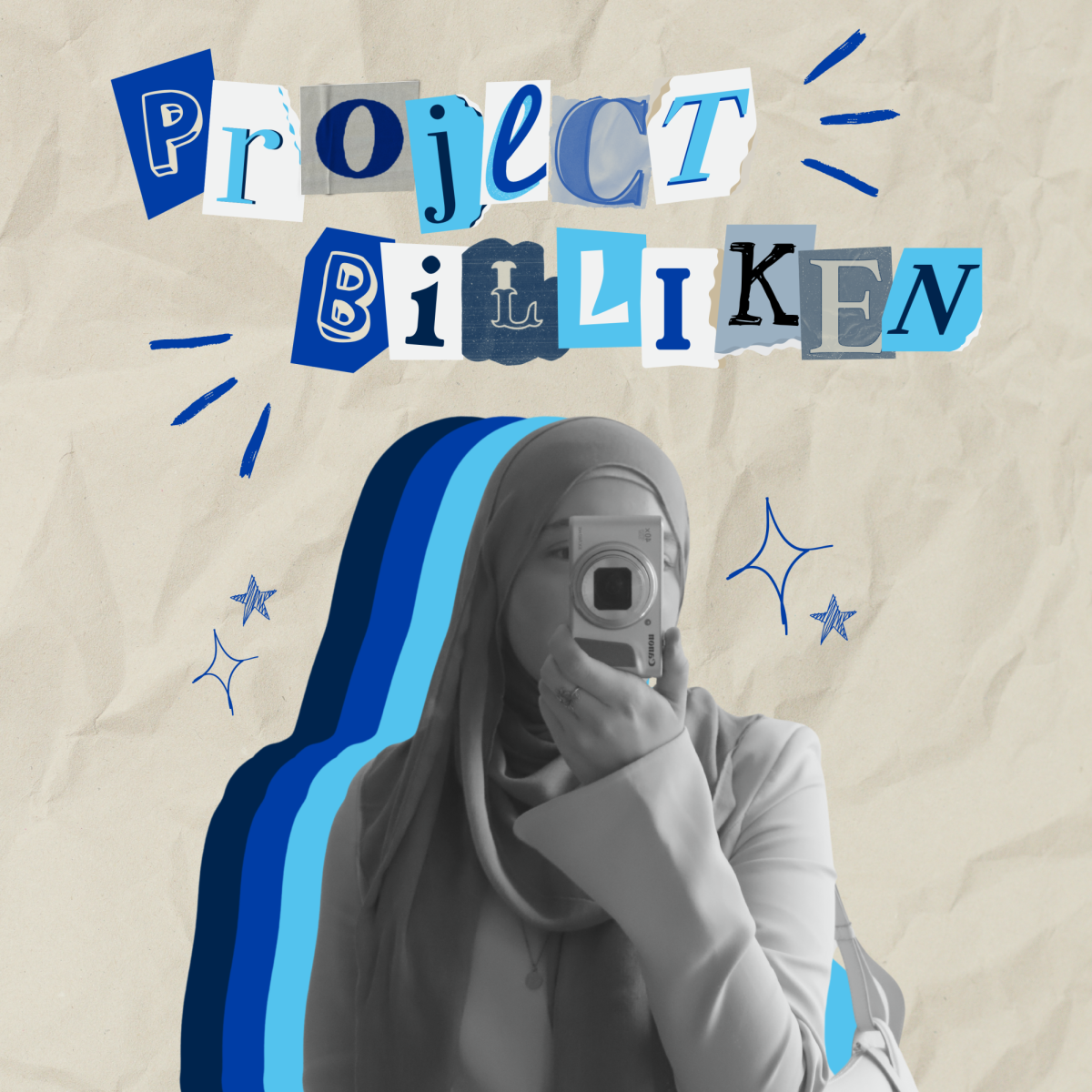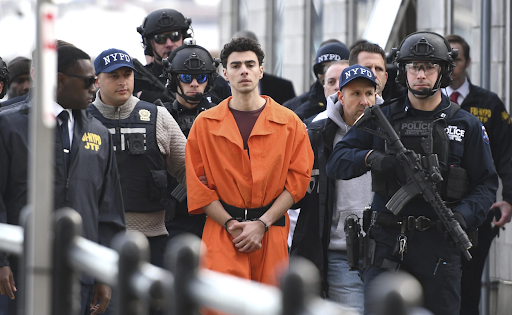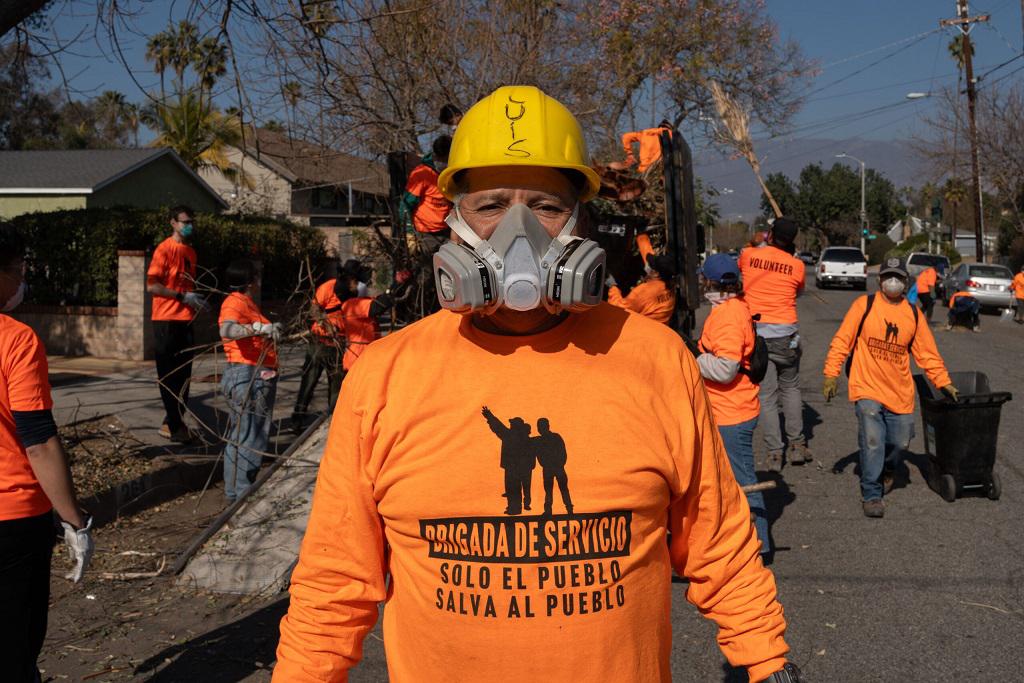 I think of my grandfather. He used to tell stories all the time.
I think of my grandfather. He used to tell stories all the time.
I think of black and white pictures, of Uncle Sam pointing, of those obnoxious posters.
I think of those movies, those really cool movies – Saving Private Ryan, Sands of Iwo Jima, Tora, Tora, Tora.
When I think of World War II, the greatest generation, and what it meant to America, I think about my grandfathers who fought.
I envision the veterans sitting at memorial services, sporting their hats and their medals, reminiscing about old times.
Until this past weekend. For the first time in my life, I made the trip to the American Cemetery at Omaha Beach in Normandy.
Studying abroad in London has brought me all kinds of opportunities – none more moving and thought provoking than this one.
The beach is a spectacle itself. German bunkers still remain. Pieces of Hitler’s Atlantic Wall sit in the sand. The water is rough and the cliffs are steep – how our boys pulled this one off I’ll never understand.
The museum at the sight is the best war museum I’ve ever seen. Granted, I’m not a connoisseur of WWII museums, but it puts the entire scenario in context and in a new light. It helps to understand what our boys were fighting for.
But the cemetery – that is breathtaking. Ten thousand white crosses span literally farther than the eye can see. Two giant memorials stand in the cemetery, but nothing says it more than the crosses themselves.
“Donald Keller. PVT 398 Infantry Div. New Jersey. July 13, 1944.”
“John L. Wittbecker. PVT 116 Infantry Div. Michigan. June 6, 1944.”
“Herbert Kaufman. PFC 116 Infantry Div. Indiana. June 7, 1944.”
“Francis M. Rice. FVT 119 Infantry Div. Texas. July 31, 1944.”
As I walk, I become completely lost in the crosses. There’s irony in the fact that this was the piece of land they were fighting for.
That before they got here, this exact plot of dirt was occupied by Germans. But they won it. And now, this plot of dirt is their final resting place.
The voice of my grandfather comes into my head. But it’s not the tired, old voice of his that I remember.
Then it hits me. These guys were my age. They were 19, 20, 21 year olds who came here representing the United States of America. They didn’t have a college experience, they had the army.
They graduated from high school and left home – not for a beautiful campus in the middle of the country, but for a battlefield on the other side of the world.
They didn’t have their college dorm buddies. They had their army camp buddies. They were my age. They were baseball fans, they had girlfriends and they were homesick. They were my age.
As I look out again, it all comes together. The crosses are endless. I’m surrounded.
The breeze comes in off the ocean – off Omaha Beach, where many of these men died. Men? I don’t know what to call them, other than what my grandfather always called them: “Our boys.”
That breeze only complicates the chills down my spine. I keep walking, and more crosses keep popping up just out of sight.
More names keep jumping off the marble. More lives. Our boys.
Now I see why they called it “the greatest generation.”
When they were my age, they left home to fight not just for their country, but for a cause that spanned the entire human race.
Now I’m 20. And what did I do? I went back and uploaded the pictures of their graves onto Facebook.
So in our world of social networking and college exams and modern technology— what can we do? I’m asking myself these questions as I walk out of the cemetery.
That’s where I see, engraved in the memorial, the answer.
“To these we owe the high resolve that the cause for which they died shall live.”
Our boys.
Chris Ackels is a sophomore in the College of Arts and Sciences.




